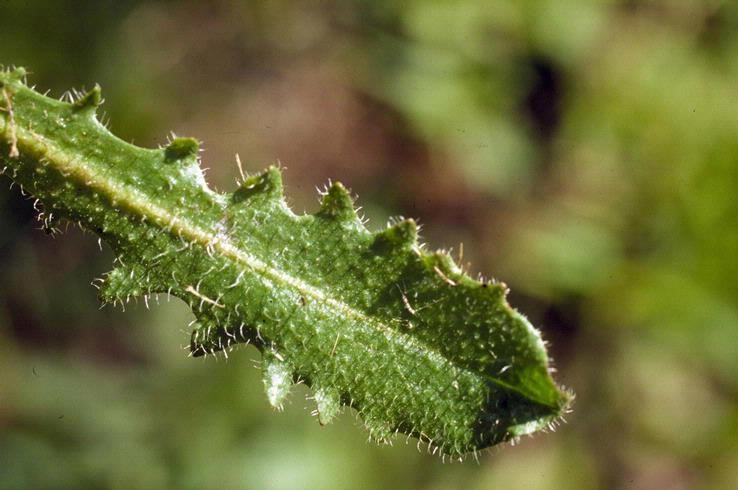Connect with Range & Pasture:
False dandelion, thin pastures raise equine stringhalt threat

Overgrazing, whether due to drought or other factors, is blamed for a higher incidence of stringhalt in horses this spring.
Stringhalt (equine reflex hypertonia) is a nonpainful neuropathic condition in horses that is characterized by an abnormal hindlimb gait. It is easily recognizable, because the horse will tend to lift and excessively hold the hindlimb before appearing to jump forward and slam it down.
“A well-managed pasture goes a long way toward suppressing harmful broadleaf weeds,” explains Katie Koenig, a Range & Pasture Specialist with Corteva Agriscience. “But extended drought in many areas or too much moisture elsewhere, along with tight hay inventories, has put unprecedented pressure on grazing acres. That’s opened the pasture gate to several harmful broadleaf weeds.”

Stringhalt follows consumption of false dandelion (also known as flatweed or catsear/cat’s ear) over an extended period. False dandelion is palatable to horses. In fact, they often select it over desirable grasses or free-choice hay. The weed is found in the eastern United States as far north as New Jersey and as far west as Missouri. It also is common in the far west and Pacific Northwest. Leaves are arranged in a rosette at ground level and are densely hairy, unlike common dandelion. Leaves emit a milky sap when broken.
If you suspect stringhalt is in your pastures, watch for these symptoms in your horses:
Horses can recover from stringhalt, but recovery can take up to two years. Horses experiencing less severe symptoms of false-dandelion poisoning have a better prognosis to make a full recovery.
“It’s critical not to allow infected horses to continue grazing where false dandelion is present until the weed is eliminated,” Koenig says. “Remove the animals immediately and contact your veterinarian.”
An integrated approach is the best option for protecting against false dandelion. A combination of herbicides, fertility and grazing management will help restore grasses that provide quality grazing for livestock and competition to hold out false dandelion and other weeds.
Koenig recommends a residual product, such as DuraCor® herbicide, to stop weeds that are up and growing while providing control of those that germinate later. This extended control will help prevent weeds throughout the season, preserving moisture and allowing grasses to better compete against weeds.
“There are no grazing restrictions for DuraCor, including for lactating mares,” Koenig says. “Plus, DuraCor is a broad-spectrum product, so it will control other toxic plants, such as poison hemlock, and many other common pasture weeds, including thistles and ragweed, that also compete with desirable forage grasses.”
DuraCor is available from local ag chem retailers or custom applicators. Find more information at DuraCorHerbicide.com or RangeAndPasture.com.
Under normal field conditions, DuraCor® is nonvolatile. DuraCor has no grazing or haying restrictions for any class of livestock, including lactating dairy cows, horses (including lactating mares) and meat animals prior to slaughter. Label precautions apply to forage treated with DuraCor and to manure and urine from animals that have consumed treated forage. DuraCor is not registered for sale or use in all states. Contact your state pesticide regulatory agency to determine if a product is registered for sale or use in your state. Consult the label for full details. Always read and follow label directions.